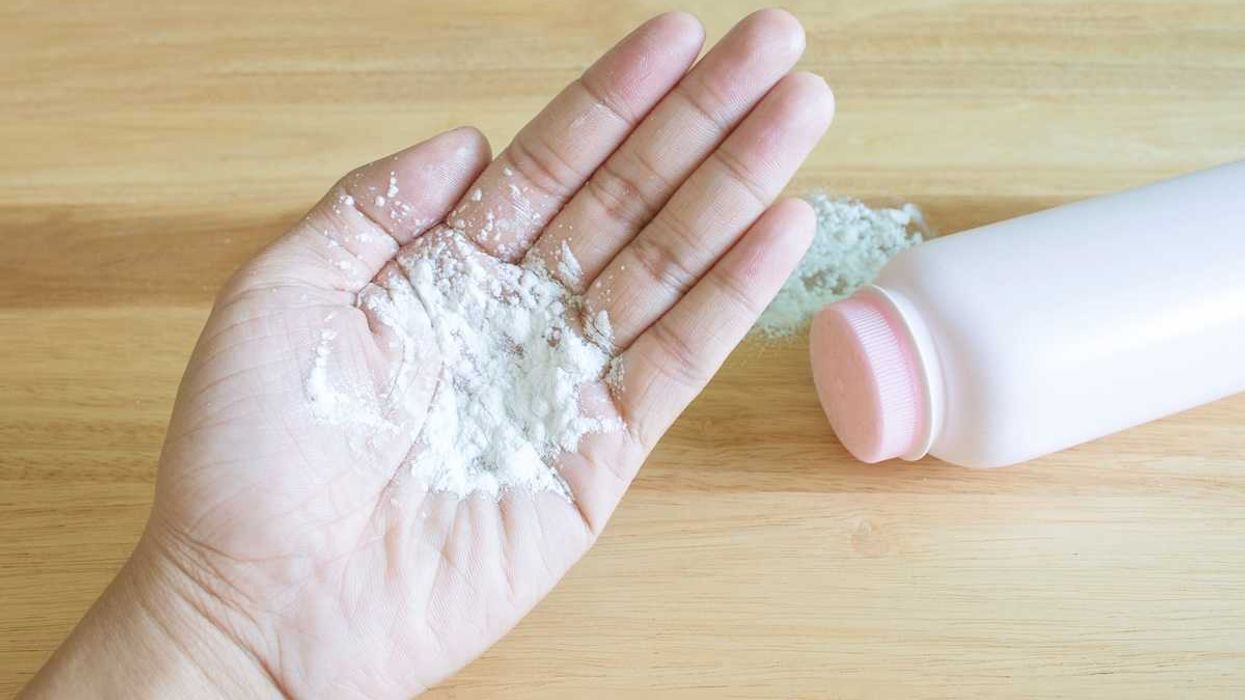Exposure to combined PFAS and microplastics creates a synergistic effect, worsening their toxic impacts on wildlife and potentially humans.
Tom Perkins reports for The Guardian.
In short:
- Researchers found water fleas exposed to PFAS and microplastics mixtures experienced reduced birth rates, stunted growth, and delayed sexual maturity.
- The study highlighted a 40% increase in toxicity due to synergy between PFAS and microplastics, which are commonly found together in the environment.
- The findings stress the importance of understanding combined chemical impacts, as current regulations assess these substances in isolation.
Key quote:
“It is imperative to continue investigating the toxicological impacts of these substances on wildlife to inform regulatory and conservation efforts.”
— Study authors, University of Birmingham
Why this matters:
PFAS and microplastics are pervasive pollutants linked to severe health risks. Their combined toxicity could have far-reaching consequences for ecosystems and human health. This underscores the need for better regulatory strategies that account for cumulative chemical exposures.














